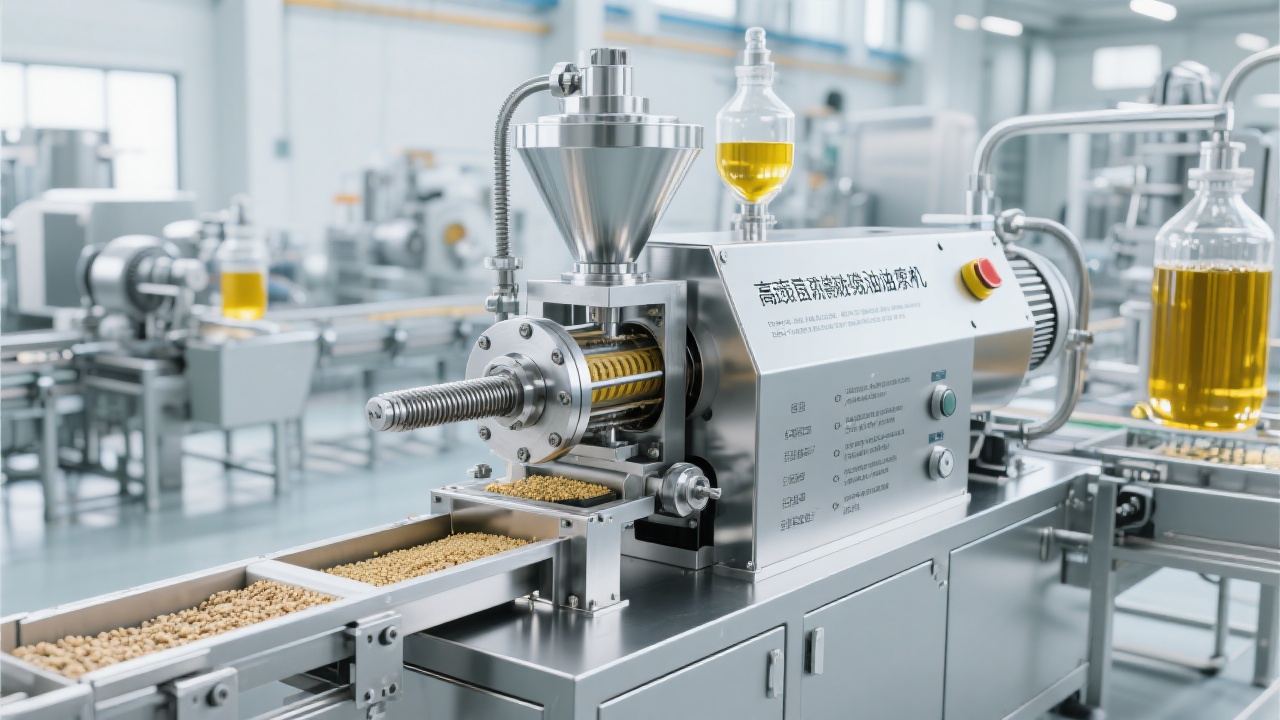
If you're running a peanut oil production line, you know that efficiency isn’t just about speed—it’s about consistent output, low energy use, and premium-quality oil. In this guide, we’ll walk you through the key technical parameters that make or break your automatic oil press machine performance.
Many operators overlook how small adjustments to pressure, temperature, and feed rate can boost out-of-the-box results. For example, setting the screw speed at 45–55 RPM for medium-hard peanuts typically increases yield by 8–12% compared to default factory settings—without adding extra power consumption.
“Most plant managers don’t realize their machines are underperforming because of misconfigured PLC logic—not hardware failure.” — Dr. Ahmed El-Sayed, Food Processing Automation Specialist
| Issue | Root Cause | Fix |
|---|---|---|
| Low oil yield (below 42%) | Incorrect moisture content (too high or too low) | Pre-dry peanuts to 7–9% moisture before pressing |
| High energy consumption (>0.8 kWh/kg oil) | Screw speed mismatched to feed rate | Use PID-controlled variable frequency drives (VFDs) for dynamic adjustment |
| Frequent blockages | Poor pre-processing (inconsistent kernel size) | Install a hammer mill with adjustable screen mesh (3–5 mm) |
By fine-tuning these three parameters alone—moisture control, screw speed, and feed consistency—you can reduce unit energy cost by up to 15%, as seen in pilot tests across Indian and Vietnamese plants using our latest model series.
Not all peanuts behave the same. Virginia-type peanuts require lower pressure (around 12 bar) and higher barrel temperatures (85–90°C), while runner varieties perform best at 15 bar and 75–80°C. Why? Because each variety has different oil cell structure and protein binding strength.
And here's something most users miss: controlling the final oil temperature during extraction directly impacts flavor profile. Too hot (>95°C)? You risk oxidation and off-notes. Too cool (<60°C)? The oil becomes cloudy and harder to filter. Aim for 70–80°C to preserve natural nutty aroma while ensuring clarity.

Whether you're processing 5 tons/day or 50 tons/day, these principles remain the same. The real difference lies in how consistently you apply them—and whether your system supports real-time monitoring via PLC-based dashboards.
Don’t let outdated practices hold back your productivity. If you’re ready to move from reactive maintenance to proactive optimization, it’s time to upgrade your operational mindset—and your machine’s configuration.
Optimize Your Oil Press Today – Get the Free Parameter Checklist
